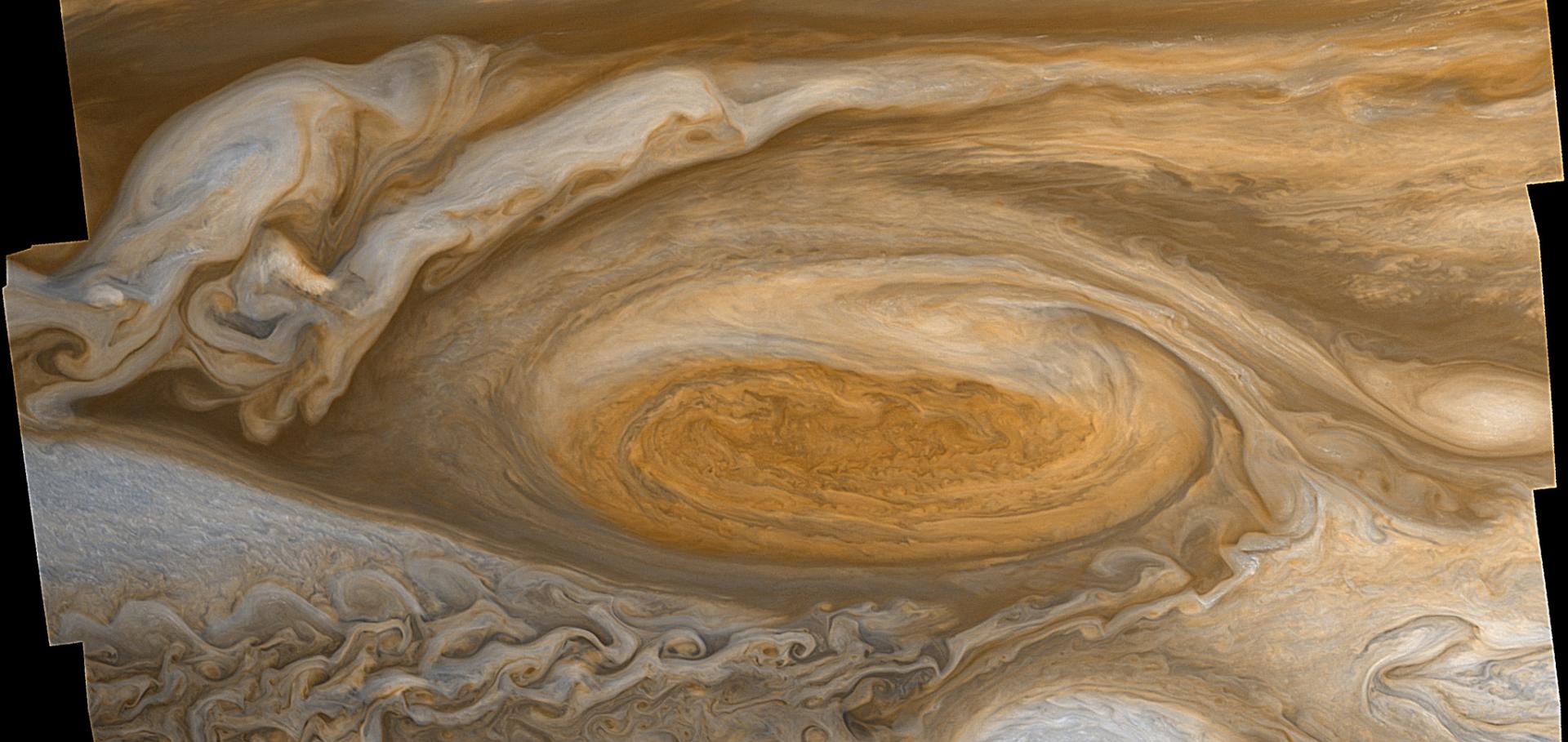Atmospheric Dynamics of Terrestrial Planets
Chapter in Handbook of Exoplanets, Springer Nature (2024) 1-32
Equatorial waves and superrotation in the stratosphere of a Titan general circulation model
Planetary Science Journal IOP Publishing 4:8 (2023) 149
Abstract:
We investigate the characteristics of equatorial waves associated with the maintenance of superrotation in the stratosphere of a Titan general circulation model. A variety of equatorial waves are present in the model atmosphere, including equatorial Kelvin waves, equatorial Rossby waves, and mixed Rossby–gravity waves. In the upper stratosphere, acceleration of superrotation is strongest around solstice and is due to interaction between equatorial Kelvin waves and Rossby-type waves in winter hemisphere midlatitudes. The existence of this "Rossby–Kelvin"-type wave appears to depend on strong meridional shear of the background zonal wind that occurs in the upper stratosphere at times away from the equinoxes. In the lower stratosphere, acceleration of superrotation occurs throughout the year and is partially induced by equatorial Rossby waves, which we speculate are generated by quasigeostrophic barotropic instability. Acceleration of superrotation is generally due to waves with phase speeds close to the zonal velocity of the mean flow. Consequently, they have short vertical wavelengths that are close to the model's vertical grid scale and therefore likely to be not properly represented. We suggest that this may be a common issue among Titan general circulation models that should be addressed by future model development.Equatorial Waves and Superrotation in the Stratosphere of a Titan General Circulation Model
(2023)
Effect of Mushball on Jupiter's Ammonia Distribution: a General Circulation Model Study
Copernicus Publications (2023)
Abstract:
Recent Juno microwave observations have revealed puzzling features of Jupiter’s ammonia distribution, including an ammonia-poor layer extending down to levels of tens of bars outside the equatorial region to at least ±40° [Li et al. 2017]. Guillot et al. [2020] showed that ammonia-rich hail, or “mushballs”, formed during a powerful thunderstorm, can efficiently transport ammonia to the deeper atmosphere and hence could cause the observed ammonia depletion. However, this mechanism has not been tested in numerical simulations in which convective events are self-consistently determined. We have developed a simple parameterization scheme for the mushball process and implemented it into a Jupiter GCM [Young et al. 2019] that includes the following relevant parameterizations: a simple cloud microphysics model for water and ammonia, a water moist convection scheme that transports ammonia as a passive tracer, a dry convection scheme, and a two-stream, semi-grey radiative transfer scheme. In the two-dimensional setup of the aforementioned GCM, we show that mushball precipitation can produce an ammonia depletion qualitatively similar to the Juno observations.We present our preliminary results in three-dimensional simulations, in which a Jupiter-like zonal jet profile emerges spontaneously. We will show the role of different processes, including the mushball process, moist convection and meridional circulation in shaping ammonia distribution. Further, we compare our model output with Juno MWR result, and discuss the implication to future observations.Energetic Constraints on Baroclinic Eddy Heat Transport in a Rotating Annulus
Copernicus Publications (2023)


